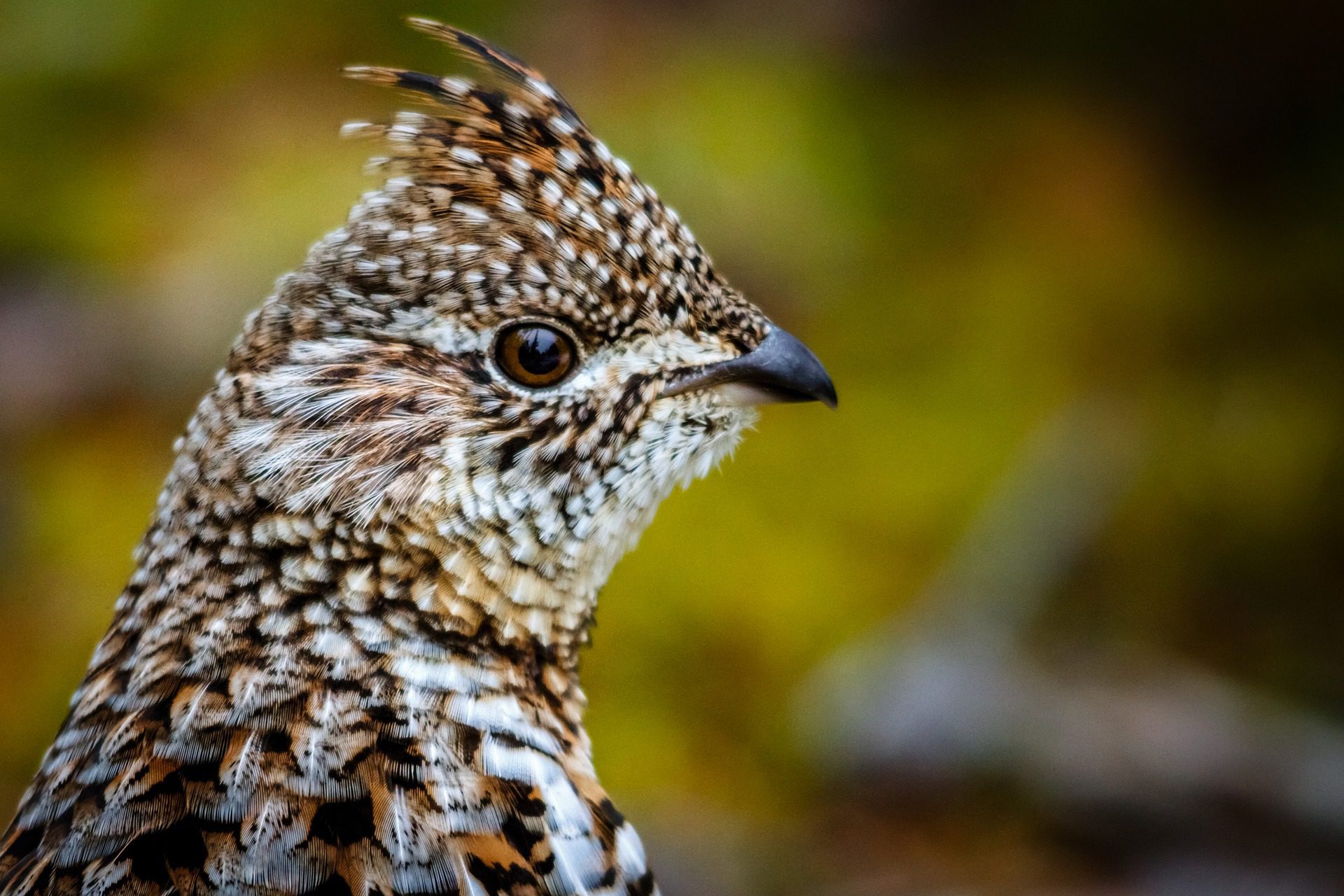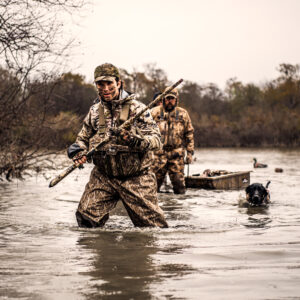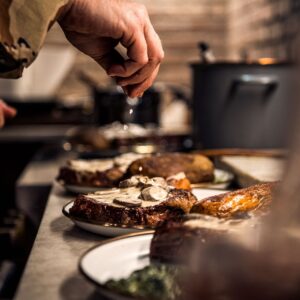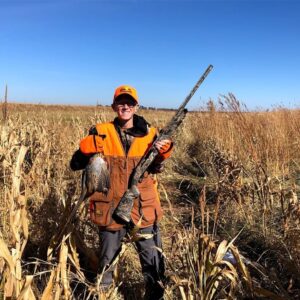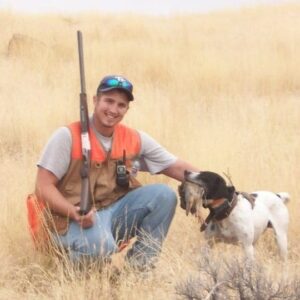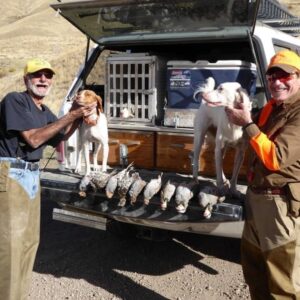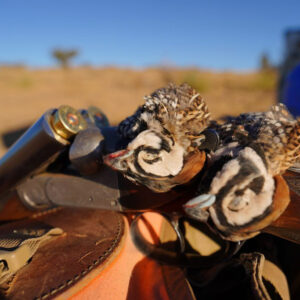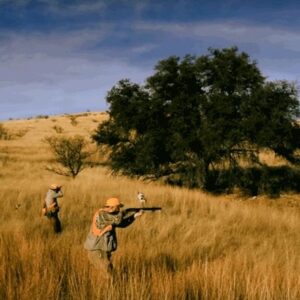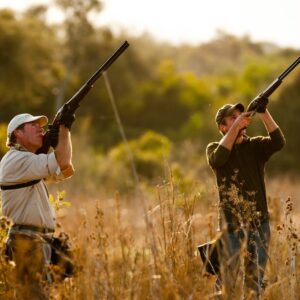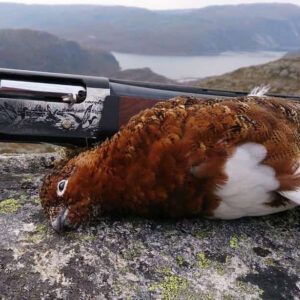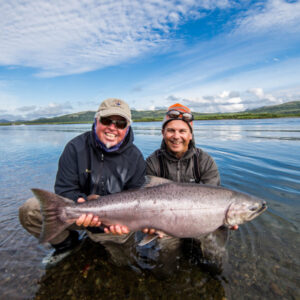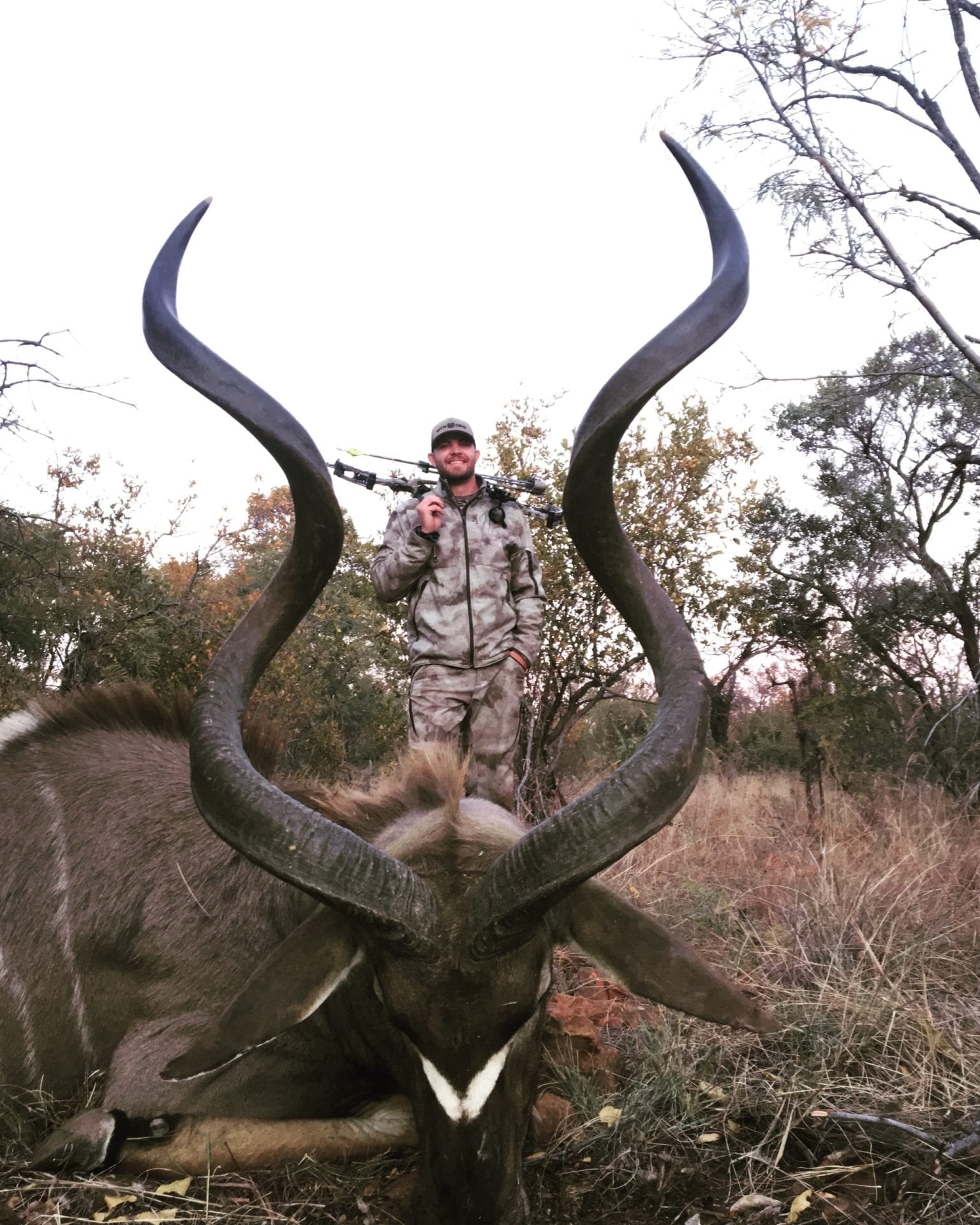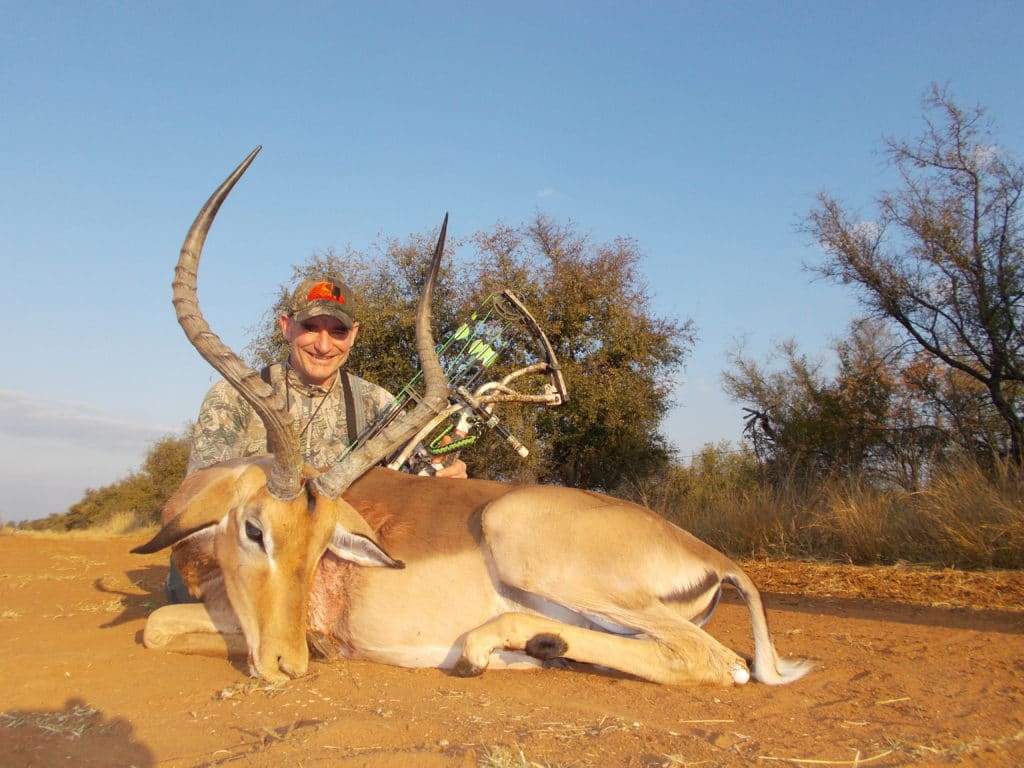Grouse are widely considered the most exclusive and challenging of all game birds. Grouse hunting can be an enjoyable and rewarding outdoor activity, but it requires proper preparation, knowledge, and skills to be successful. Grouse hunting is all about habitat…and the habitat depends on the subspecies of grouse you are hunting. It helps to get a good bird dog, and it REALLY helps to go with a good outfitter. We can help with that. In this guide, we will cover everything you need to know to get started with grouse hunting, including tips on equipment, hunting strategies, safety precautions, and more.
Table of Contents
- Types of Grouse
- Grouse Hunting Seasons
- Choosing a Hunting Location
- Hunting Techniques and Strategies
- Field Dressing and Cooking Grouse
- Grouse Hunting Ethics and Regulations
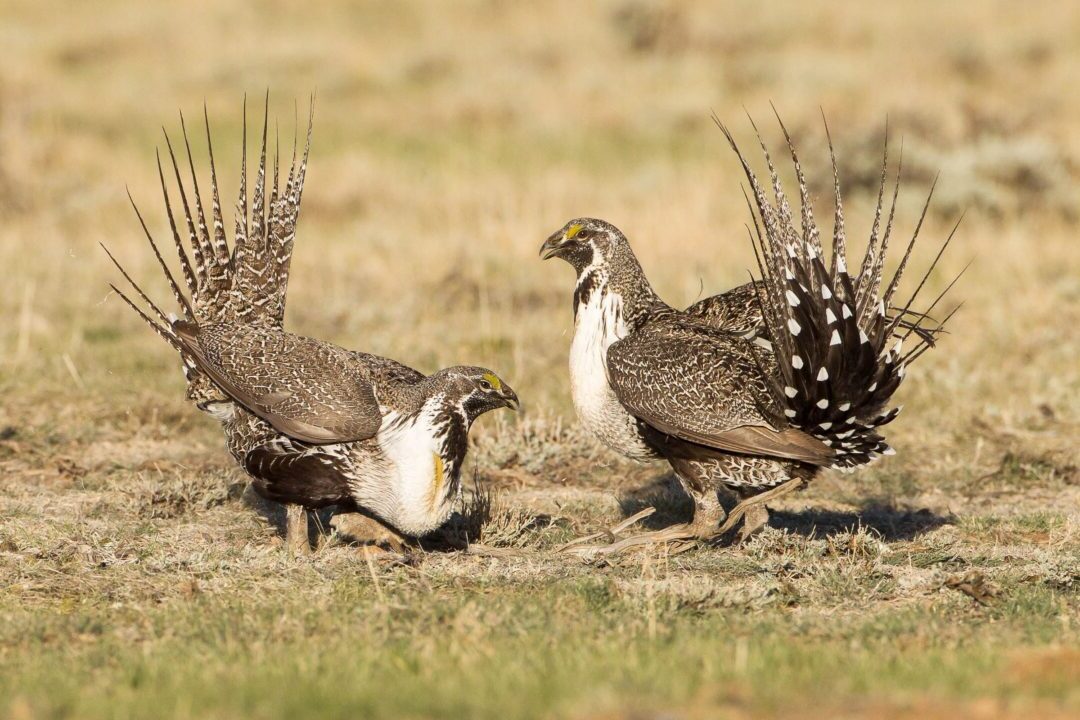
1. Types of Grouse
There are several species of grouse that are commonly hunted in North America, including the Ruffed Grouse, Spruce Grouse, and Sharp-tailed Grouse. Each species has its unique characteristics, habitat, and behavior, which requires different hunting strategies and techniques.
The World Slam of Grouse
- European Grouse Slam – In the forests of Europe, you can hunt capercaillie, black grouse, hazel hen, and willow grouse (red grouse).
- Forest Grouse Slam – The most common grouse slam is the forest variety. It includes spruce grouse, ruffed grouse, and blue grouse (now known as dusky grouse). All of these species can be found in the Western United States.
- Arctic Grouse Slam (Ptarmigan) – Typically, a Ptarmigan hunt means going for a bit of a hike, so we strongly recommend that you be in good physical condition with a quality pair of comfortable hunting boots that support your ankles well. In Alaska, you could take the willow ptarmigan, rock ptarmigan, and white-tailed ptarmigan.
- Prairie Grouse Slam – In the grasslands of North and South Dakota, you could collect sage grouse, sharptail grouse, and greater and lesser prairie chickens.
Upland bird hunts offered by Outdoors International
2. Grouse Hunting Seasons
Grouse hunting seasons vary depending on the state and the species of grouse. In general, grouse hunting seasons start in the fall and last for a few months. It is important to check with your state’s Department of Natural Resources or Wildlife to find out the specific dates for the hunting season.
3. Choosing a Hunting Location
Choosing the right hunting location is crucial for a successful grouse hunting trip. The location should have suitable habitat for the grouse species you are hunting, including food sources, cover, and water. It is important to do some research and scouting before choosing a hunting location.

4. Hunting Techniques and Strategies
There are several hunting techniques and strategies that can be used for grouse hunting, including flushing, pointing dogs, and stalking. Each technique requires different skills and knowledge of the terrain and the behavior of the grouse. It is important to practice different techniques and find the one that works best for you.
5. Field Dressing and Cooking Grouse
Field dressing grouse involves removing the bird’s feathers, entrails, and other internal organs as soon as possible after the bird has been killed. This helps to preserve the meat and prevent it from spoiling. To field dress a grouse, start by plucking the feathers from the bird’s body. Use a sharp knife to make a small incision in the bird’s skin at the base of its breastbone. Then, carefully cut around the anus and use your fingers to pull out the bird’s entrails. Remove the bird’s heart, lungs, and liver, and rinse the cavity with cold water.
Once the bird has been field dressed, it is ready to be cooked. Grouse can be cooked in a variety of ways, including grilling, roasting, and pan-frying. One popular way to cook grouse is to roast it in the oven with herbs and spices. Regardless of how you choose to cook your grouse, be sure to handle the meat carefully and cook it thoroughly to ensure that it is safe to eat. Enjoy your delicious, fresh grouse!
5. Grouse Hunting Ethics and Regulations
Grouse hunting, like any form of hunting, comes with ethical considerations and regulations that must be followed to ensure the safety and sustainability of the sport. Here are some key points to keep in mind:
- Hunting Ethics: Ethical hunters always prioritize safety, respect for wildlife, and adherence to the law. It’s important to familiarize yourself with the bird hunting basics: always be aware of your surroundings, follow proper gun safety procedures, and respect the natural habitats of the animals you are hunting. Additionally, ethical hunters ensure that they take only what they need and use as much of the animal as possible.
- Hunting Regulations: Before going on a grouse hunting trip, it’s important to review the hunting regulations for the area you will be hunting in. Regulations can vary by state, region, and even by the type of grouse being hunted. Some regulations to be aware of may include hunting seasons, bag limits, and specific hunting methods that are allowed.
- Hunting Licenses and Permits: In most areas, a hunting license is required to hunt grouse. Additionally, some states require specific permits or stamps for hunting certain types of grouse. It’s important to obtain the necessary licenses and permits before embarking on a hunting trip to avoid legal issues.
- Safety Considerations: Hunting can be dangerous, so it’s important to take necessary precautions. Always wear appropriate clothing and gear, including hunter orange to make yourself visible to other hunters. Additionally, always let someone know where you will be hunting and when you plan to return.
By following these guidelines and regulations, hunters can ensure that they are participating in the sport of grouse hunting safely and ethically.
Live Like You Mean It
Contact Us
We've helped thousands of OI clients plan their adventures
Our team of professional consultants are ready to help you research, book and plan an amazing trip with one of our amazing outfitter partners around the world.
I didn't think an experience like this was possible.
This trip, was, for me at least not just a trip, for me it was a real adventure, a real experience. I love the wilderness and this trip afforded me the opportunity to connect with the Alaskan wilderness in ways very few people do. It was an experience I will never forgot in a place I can’t wait to get back to.Oliver Fischer
The outfitter handled everything perfectly.
We were thankful that Outdoors International hooked us up with a great outfitter because they were able to find us an acceptable alternate on short notice. Overall the two year process to get this float in was seamless and worry free. Just like it should be.Thank you, Stan Masneri
What an amazing experience!
The lodge was out of this world! Our rooms, the delicious food, the incredible wildlife and the scenery were amazing. Our photo safari guide was truly exceptional and had us on animals almost constantly. We saw over 30 different species and had some incredible up close experiences. Africa is amazing!Scott Navares
Copyright 2005-2025 © Outdoors International™ · All Rights Reserved.


